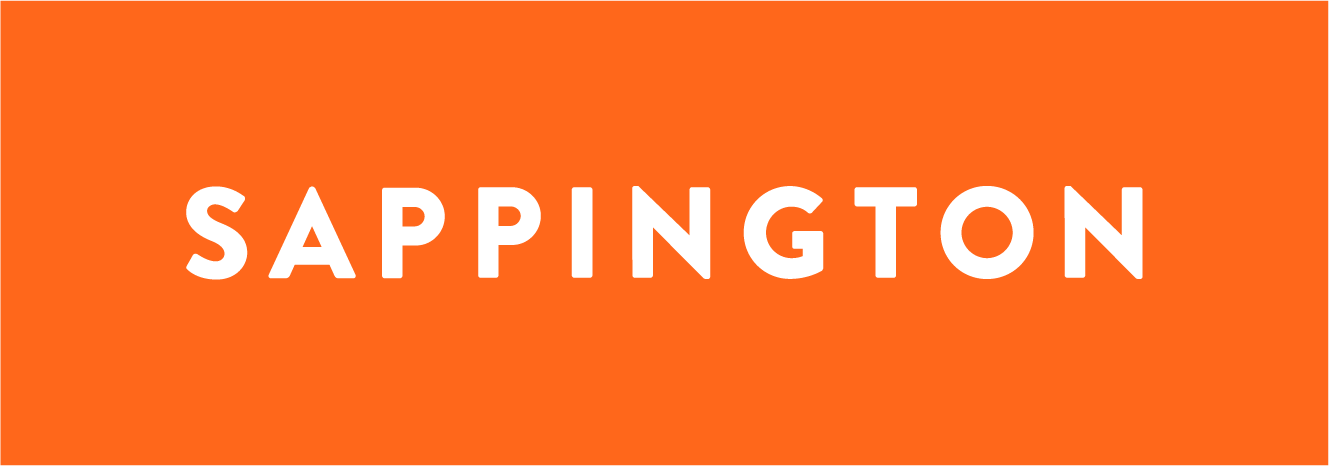From humble beginnings | Profile of Matt De Vincentis
Spotlight on the Vice President, Marketing – SASE at Palo Alto Networks
When Matt De Vincentis was growing up in rural Australia, he developed a passion for computers. He dreamed about Silicon Valley the way some Americans might place his country of kangaroos and koalas on their bucket list.
“Growing up dirt-poor with a single mum in an isolated part of Australia, Silicon Valley seemed like a mythical, faraway land,” he says.
Fast forward a couple of decades, and De Vincentis has made those dreams come true in a personal journey from misfit Aussie kid to Silicon Valley vice president.
Creating his own path
After spending his early school years immersing himself in all things computer-related, De Vincentis took the unusual path of starting work immediately after graduating high school, rather than going to college. De Vincentis began his IT career on a helpdesk, and over the next 10 years, he worked his way up to become manager of systems engineering at an Australian telecommunications company.
Realizing a university degree was necessary to further his career, he jumped straight into a master’s program, skipping the undergraduate step by proving work experience and with the endorsement of his CEO at the time. He graduated two years later with a master’s in networking and systems, earning the highest GPA in the School of Computing and Mathematics at Charles Sturt University in Bathurst, Australia.
But school wasn’t ever necessarily easy for him. Not because of the academics, but because De Vincentis had difficulty accepting arbitrary rules that didn’t make sense to him.
“Growing up dirt-poor with a single mum in an isolated part of Australia, Silicon Valley seemed like a mythical, faraway land.”
“I just wasn’t interested in following the status quo, being told what I should and shouldn’t be doing,” he explains, “versus creating my own path and doing what I feel is right.”
He considers this trait deeply ingrained in his personality and the opportunity to challenge the status quo is one thing he loves about working in Silicon Valley.
After earning his very technical master’s, De Vincentis realized it was time for a change in direction.
“I enjoyed IT, but I felt like there was something more,” he says. His next step was a second master’s degree in business administration, which opened his eyes to the broader world of business.
De Vincentis hadn’t forgotten his dream of Silicon Valley. Connecting with an acquaintance who worked in the valley several years earlier, he networked his way into an entry-level product marketing position at the enterprise security company Fortinet. With that whiff of an opportunity, he packed his life into two suitcases and moved to California from Australia in 2013.
Finding the right fit
For De Vincentis, marketing turned out to be a great fit, and he hasn’t looked back. “It was a way that I could leverage my experience as an IT practitioner and technology buyer and use it to create value on the vendor side,” he says. “The two just married together really well.”
“I just wasn’t that interested in following the status quo, being told what I should and shouldn’t be doing, versus creating my own path and doing what I feel is right.”
De Vincentis’ IT background gives him a unique perspective on what makes marketing effective for potential customers—delivering strong, simple messages.
“As a customer, I would have so many vendors and sales reps knocking on my door trying to sell me stuff,” he recalls. “It was a sea of noise. And the reality is, customers have a lot of different choices. So removing the fluff, getting to the real essence of the value, and being able to articulate that simply and quickly is the most important thing for me.
Meeting modern marketing challenges
After his first marketing job, De Vincentis moved on to product marketing leadership roles at Fortinet and then VMware. Most recently, he landed as the product marketing leader for SASE at Palo Alto Networks and was recently promoted to vice president of marketing, where he now leads the entire SASE marketing organization.
SASE offers a new approach for network security that combines software-defined wide area networking, or SD-WAN, and network security into a single, cloud-delivered service.
“SASE is fundamentally about taking what were hardware boxes, physical firewalls, and physical networking equipment, and moving that to a cloud-delivered model,” he explains. “It’s a very disruptive approach. This is not about incrementally making a box a little bit better. This is about throwing away the past and completely changing the way things are done.”
This kind of market disruption can be challenging for customers to accept. But, according to De Vincentis, these challenges can be addressed by:
Education
Helping customers understand they have a problem that the new technology can solve.Demonstrating vision
Showcasing a new promised land that’s better than the status quo.
Creating confidence
Empowering customers to feel confident taking the leap because the value will be worth any pain along the way.
“I think one of the mistakes that marketers often make is trying to say too much, overwhelming customers with descriptions of features, differentiators, and benefits,” De Vincentis says. “All it really takes is one powerful concept or metaphor to capture the imagination of the customer. This is one place where Sappington has really helped me through my marketing career.”
For SASE at Palo Alto Networks, that one powerful concept, developed with Sappington, is a visual of an amphibious vehicle.
“For SASE, the security piece and the networking piece both have to be best in class and converged together,” De Vincentis explains. “The car-boat is a metaphor for alternative SASE solutions, which take mediocre pieces and smoosh them together, giving customers the worst of both worlds.”
Tech marketing in a post-pandemic world
“The reality is, customers have a lot of different choices. So removing the fluff, getting to the real essence of the value, and being able to articulate that simply and quickly is the most important thing for me.”
As the world recovers from the challenges of the pandemic, De Vincentis believes that technology marketers will need to continue distilling their messages down to a powerful essence. While some face-to-face interaction will return, there will be a heavier reliance on digital communication moving forward. And in the hybrid work world, marketers must contend with customers’ shrinking attention spans and innumerable distractions.
In this environment, it’s imperative to be “short, punchy, unique,” De Vincentis maintains. “You’ve got to get through to people quickly and capture their attention, because you don’t have it for very long.”
Marketers need to let go of conventional communications tools, like 100-slide sales presentations and 60-minute webinars, for example.
“How could anyone possibly consume all that information?” he asks. “And how could a sales rep or a marketer possibly deliver it in a compelling way?”
Breaking the rules
De Vincentis plans to continue to disrupt the established way of doing things whenever he gets the chance.
“There’s something really powerful about being able to say, ‘This status quo that we all believe is the way things should be done doesn’t have to be that way,’” he asserts. “And, in fact, there is a better way. Let me show you how to get there.”





